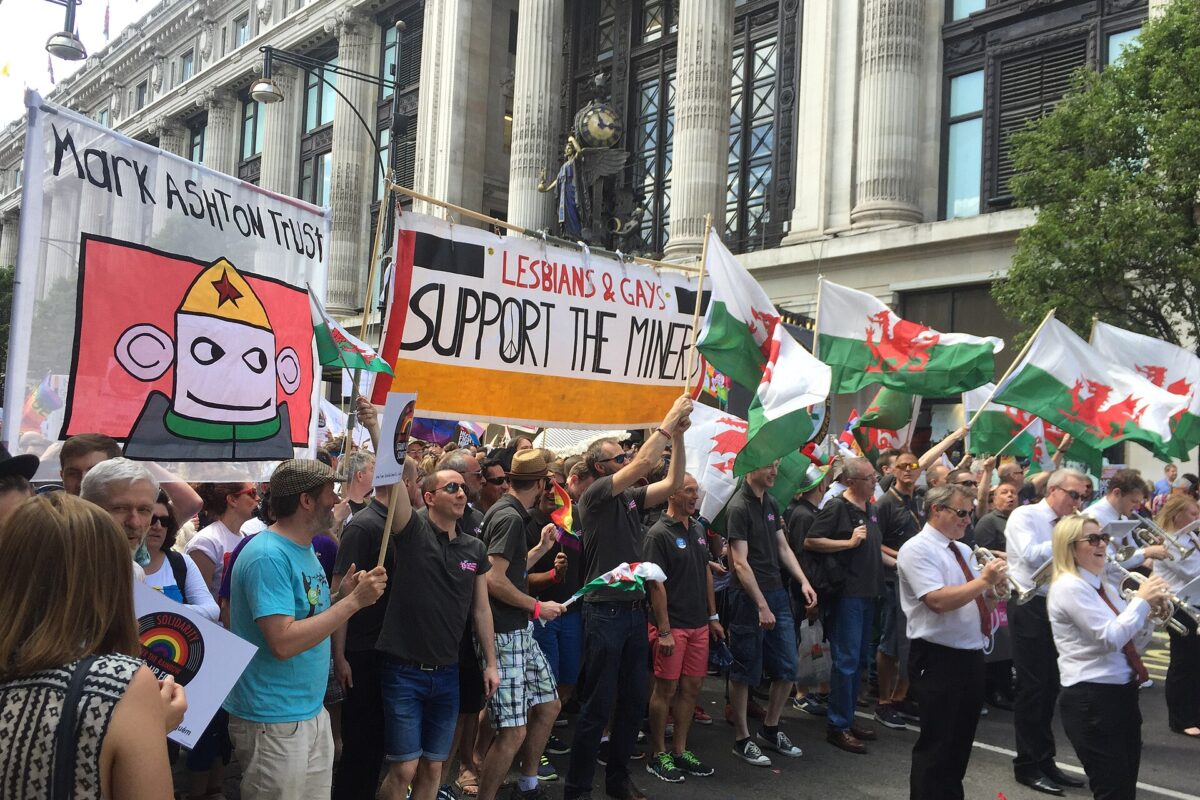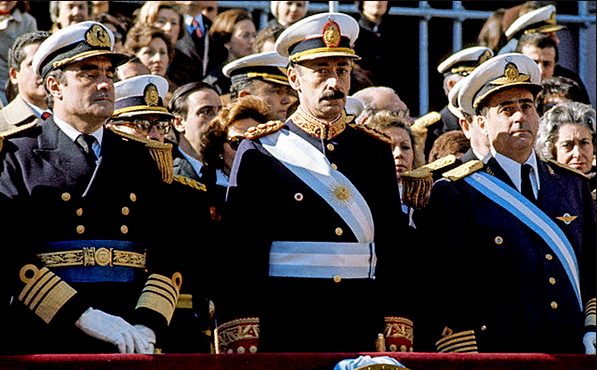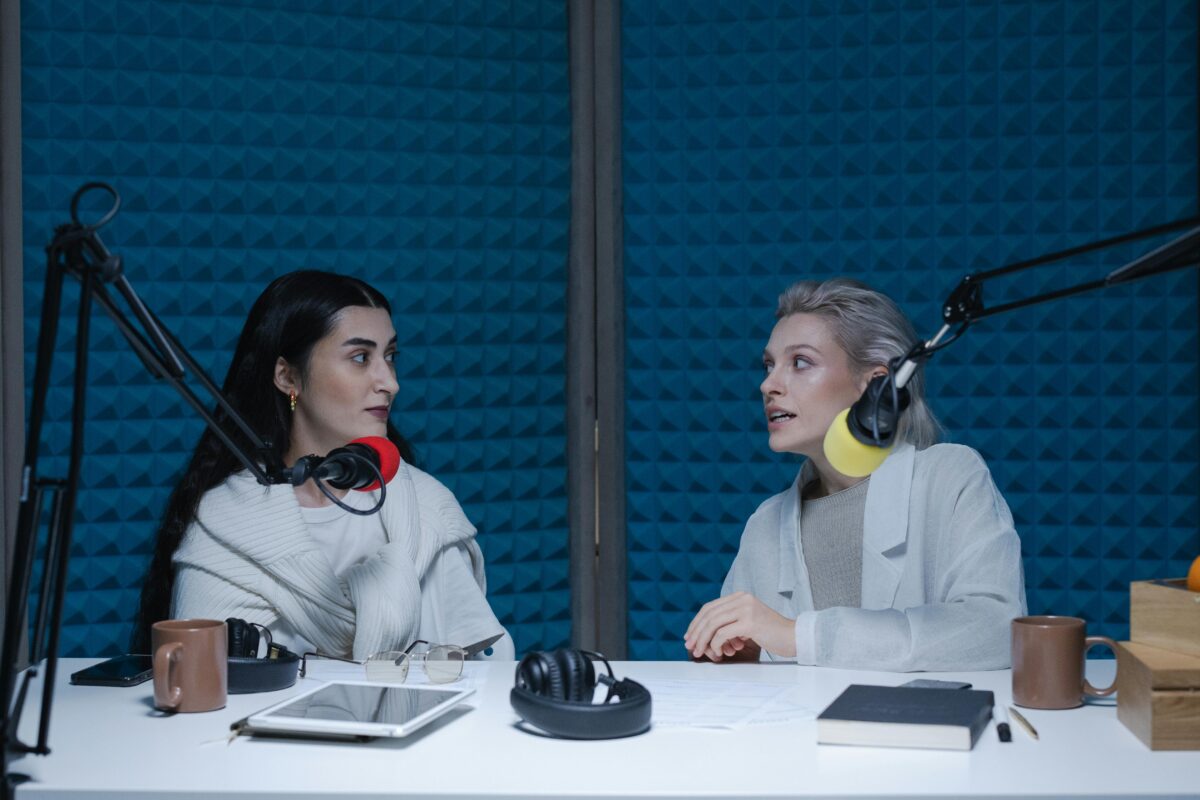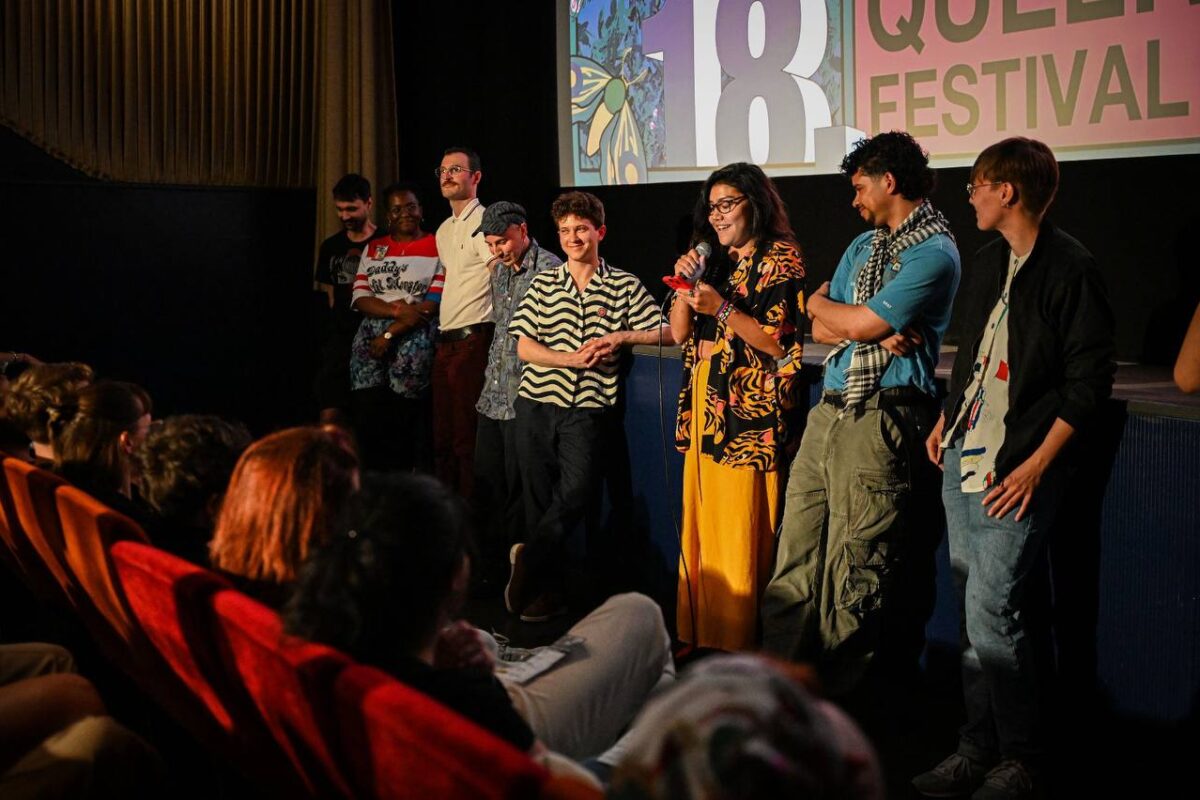Rebellious Daughters of History #48
by ,,Judy Cox

Marie Curie’s socialist, scientist daughter Irène Joliot-Curie (1897 – 1956)
Irène was the daughter of Marie Curie and Pierre Curie, born in Paris in 1897. Her father was killed in a carriage accident in 1906. Marie Curie was now a single mum. She joined “The Cooperative”, in which eminent scholars helped educate each other’s children.
Irène went onto the Faculty of Science at the Sorbonne to complete her studies until 1916 when World War I broke out. Irène worked as a nurse radiographer on the battlefield aside her mother. She received a military medal for her work in x-rays facilities.
After the war, Irène returned to the Sorbonne in Paris to complete her degree in mathematics and physics in 1918. Irène then went to work as her mother’s assistant at the Radium Institute. Irène became a Doctor of Science in 1925.
From 1928 Irène and her husband Frédéric researched atomic nuclei. They identified both the positron and the neutron.
In 1933, they were first to discover the accurate weight measurement of the neutron.
In 1934, the Joliot-Curies made the discovery that sealed their place in scientific history. Building on the work of Marie Curie, the Joliot-Curies succeeding in creating radioactive nitrogen from boron, radioactive isotopes of phosphorus from aluminium, and silicon from magnesium and were awarded the Nobel Prize for chemistry in 1935. It was thirty years after her parents first Nobel prize, and two years after her mother had died of aplastic anemia. Irène was awarded a professorship at the Faculty of Science.
Irène became increasingly active in opposing the fascist movement. She joined the Socialist Party in 1934, the ‘Comité de vigilance des intellectuels antifascistes’ a year later, and in 1936 she actively supported the Republican faction in the Spanish Civil War. Irène was appointed Undersecretary of State for Scientific Research by the left wing French government.
Irène became actively involved in promoting women’s education, serving on the National Committee of the Union of French Women and the World Peace Council.
Irène continually applied to the French Academy of sciences, knowing that she would be rejected because she was a woman.
In 1948, during a strike involving coal miners, Irène campaigned to convince families to temporarily adopt the children of the coal miners during the strike. She adopted two girls during that time.
In 1956, Irène was admitted to the Curie hospital in Paris, where she died on 17 March at the age of 58 from leukaemia due to exposure to radiation.

“Madam Moscow” of Harlem: Louise Thompson Patterson (1901 – 1999)
Born in Chicago, Illinois, Louise was the daughter of a domestic worker and single parent. Louise became one of the first black women to graduate from the University of California, Berkeley in 1923. She became a professor at the renowned Hampton Institute, a historically black college in Virginia aged just 22. While at Hampton, Louise led a student strike against the predominantly white, authoritarian college authorities.
Louise then moved to New York to join the vibrant cultural community in Harlem. She set up a salon called Vanguard that attracted Harlem artists with concerts, dances and discussions of Marxist theory. Her closest friend was author Langston Hughes.
Louise organised several protests over the conviction of the Scottsboro boys, nine black teenagers wrongly sentenced to death by an all-white jury for raping two white women.
The American Communist Party asked Louise to organize a group of twenty-two Harlem writers, artists, and intellectuals to travel to the Soviet Union to make a film about discrimination in the US. Many important individuals of the Harlem Renaissance were involved, including Langston Hughes.
The project fell through due to lack of funding and political pressures. Back in New York Louise set up the Harlem chapter of the ‘Friends of the Soviet Union’ and the Harlem Suitcase Theater, which presented plays written by Hughes and other black writers and featured all-black casts.
Louise joined the Communist Party. She was the driving force behind is the Sojourners for Truth and Justice which were a radical civil rights organization led by African American women.
Louise and Langston Hughes went to Spain together to support the Republican cause during the Spanish Civil War.
Louise married writer Wallace Thurman in August 1928 but their marriage broke up six months later. She later married William L. Patterson, a prominent member of the American Communist Party who was jailed for refusing to give names to Senator McCarthy.
She protested against the anti-Communist policies of Senator Joseph McCarthy in the 1950s. She organised a national tour in solidarity with Paul Robeson.
In the 1960s, Louise was involved in the Civil Rights Movement. She spoke out in support of the Free Angela Davis Campaign in the 1970s.
Louise died of natural causes on August 27, 1999, shortly before her ninety-eighth birthday, in New York City.



